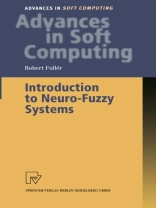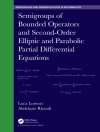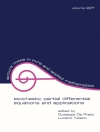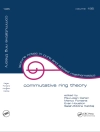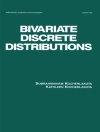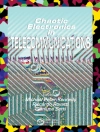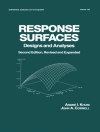Fuzzy sets were introduced by Zadeh (1965) as a means of representing and manipulating data that was not precise, but rather fuzzy. Fuzzy logic pro- vides an inference morphology that enables approximate human reasoning capabilities to be applied to knowledge-based systems. The theory of fuzzy logic provides a mathematical strength to capture the uncertainties associ- ated with human cognitive processes, such as thinking and reasoning. The conventional approaches to knowledge representation lack the means for rep- resentating the meaning of fuzzy concepts. As a consequence, the approaches based on first order logic and classical probablity theory do not provide an appropriate conceptual framework for dealing with the representation of com- monsense knowledge, since such knowledge is by its nature both lexically imprecise and noncategorical. The developement of fuzzy logic was motivated in large measure by the need for a conceptual framework which can address the issue of uncertainty and lexical imprecision. Some of the essential characteristics of fuzzy logic relate to the following [242]. * In fuzzy logic, exact reasoning is viewed as a limiting case of ap- proximate reasoning. * In fuzzy logic, everything is a matter of degree. * In fuzzy logic, knowledge is interpreted a collection of elastic or, equivalently, fuzzy constraint on a collection of variables. * Inference is viewed as a process of propagation of elastic con- straints. * Any logical system can be fuzzified. There are two main characteristics of fuzzy systems that give them better performance fur specific applications.
Robert Fuller
Introduction to Neuro-Fuzzy Systems [PDF ebook]
Introduction to Neuro-Fuzzy Systems [PDF ebook]
购买此电子书可免费获赠一本!
语言 英语 ● 格式 PDF ● ISBN 9783790818529 ● 出版者 Physica-Verlag HD ● 发布时间 2013 ● 下载 3 时 ● 货币 EUR ● ID 6363326 ● 复制保护 Adobe DRM
需要具备DRM功能的电子书阅读器
